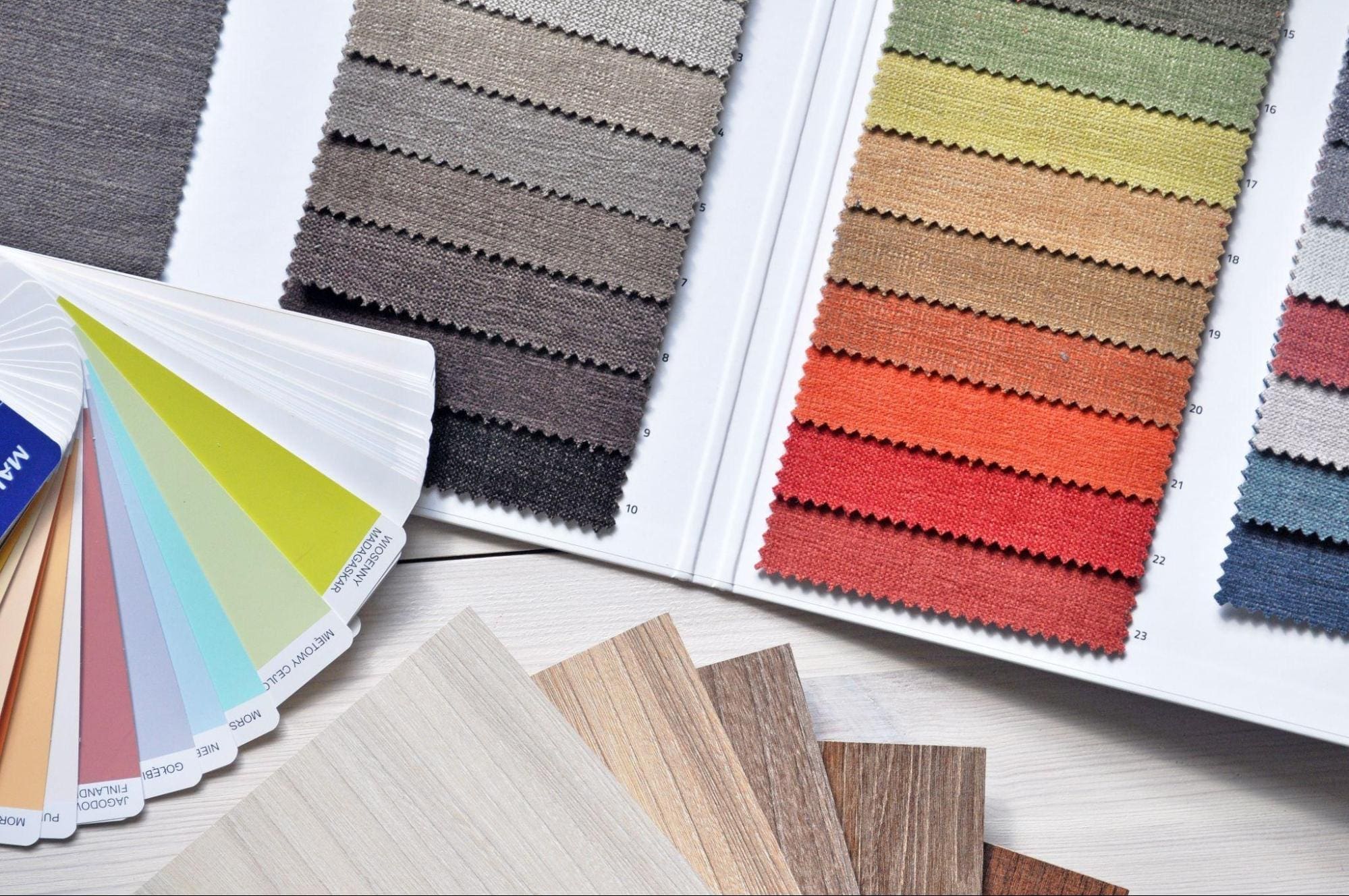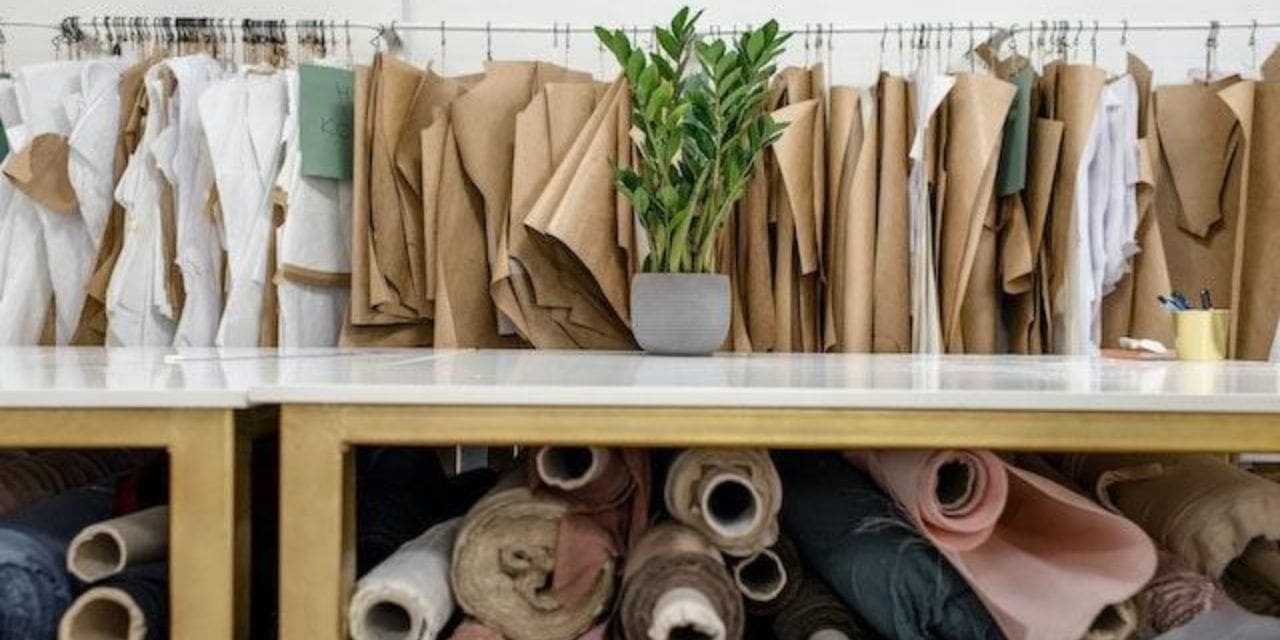Studying textile design offers a range of benefits for a variety of learners. It is not only art students who study the subject. In addition, those with backgrounds in business, engineering, and other technical fields. The fascinating subject combines elements valued for all these areas, making it an ideal learning issue. This article considers all the pros of learning textile design. Let’s dive into it!
What is textile design about?
Textiles are materials that have been woven together to create a fabric. By studying the variety of fabrics available, one understands how to use colors, patterns, and textures to create unique things. The creative aspect of textile design is a massive part of why many choose this profession. They are students interested in fashion, interior design, product design, and graphic design. Besides, some business owners, marketers, and retailers enjoy learning about textiles. Below you see the list of benefits one receives.
-
Valuable technical knowledge
Specialists gain an understanding of how a fabric looks and behaves in different environments. They develop a sense of color theory and the benefits of using natural fibers for specific projects. Furthermore, they learn the skills to create their designs from start to finish. It includes how to dye, weave, block print, and embroider fabrics. Thus, they could work in the textile industry, developing new fabric technologies or materials.
Solid textile design knowledge helps them comprehend sustainability, fabrics, and printing techniques. All Top Reviews, the best writing services reviewer, tells that they know the materials used and how to maximize their budget. It allows for better cost-effectiveness when creating clothing or home décor items.
These skills are invaluable, giving you a competitive edge regarding job opportunities. Designers may also work as consultants for various companies, e-commerce, and blogs.
-
Financial stability
The fashion industry is lucrative, with textile designers often in high demand due to their technical knowledge. As such, there is potential for financial stability that comes with studying textile design. In addition, learning textile design can also benefit those with a degree in another field, such as marketing or engineering.
-
Professional networking opportunities
It is the best one! The positive side-effects of networking in textile design can be far-reaching. It results in a better understanding of industry trends and building new business opportunities. Thus, you expand your professional portfolio and develop new skills. Furthermore, these opportunities can open access to career advice, mentorship, and industry-leading resources.
Also, studying allows you to connect with other professionals in the industry and create valuable professional relationships. For example, one can attend local textile design meetups or join online forums. Consider it a platform to connect with potential employers, meet people who share your interests, and gain valuable advice. Or a great environment to cooperate with other specialists! Make beneficial connections with peers who can help each other learn about the industry.
But what about ordinary people? Should they learn textile design?
Develop taste
Knowing textile design can still benefit those who do not work in the textile industry. All in all, any extra knowledge is a great advantage for any ordinary person. Learning about fabrics, textures, colors, and other design elements develops people’s tastes. It is useful when choosing items for their homes or their wardrobes. Some can customize furniture.
Critical thinking
It also helps them to think more critically when it comes to buying clothing for themselves or others. Those looking to take their fashion to the next level must learn textile design. The latter opens up possibilities for personalizing clothing for an individual look. Thus, knowing textile design makes people recognize quality items when shopping.
View-experience
Therefore, it helps them create sophisticated looks for casual and formal occasions. Trust My Paper, a custom writing service, highlights that knowledgeable people see different styles of textiles and how they work together. It allows them to make more informed purchases and save money in the long run.
How to learn textile design?

Learning textile design requires a combination of creative imagination, knowledge of the fundamentals, and examples from experienced artists. Creative imagination will allow you to develop unique methods to make a statement.
Knowledge of the fundamentals is a must. There are
- color theory,
- fabric selection,
- pattern making,
- construction techniques
Learn case studies
It’s also helpful to explore examples of existing textile designs. Study the work of established artists to gain a better understanding of how they work. See how they mix color, texture, and shapes in different ways to create stunning works of art. You get the skill and knowledge with time, experimentation, and practice.
Drawings
It is also essential to have a good grasp of drawing techniques and an understanding of the basics of computers (for example, Adobe Photoshop and Illustrator) used for designing. But, again, you can find many courses online.
Advanced technologies
With a solid foundation in basics and general knowledge, it’s time to explore more advanced techniques in textile design. These include learning about printing and dyeing techniques, computer-aided design (CAD), and hand-painting fabrics. It’s also essential to have a good knowledge of fashion trends and color palettes to create unique designs.
Where to study?
Ultimately, the decision to learn textile design online or at a university depends on the individual’s learning goals.
Online cources
One can learn it online or in person at universities. Online platforms like Coursera, Udemy, and CreativeLive offer a variety of courses that cover the topics we mentioned. In addition, the universities provide access to world-class instructors and resources that are available anytime and anywhere.
University programms
Meanwhile, many universities around the world offer courses in textile design. Some examples include the London College of Fashion, BUNKA Fashion College in Tokyo, Sweden’s Beckmans College of Design, and Hong Kong Polytechnic University. Each school offers specialized programs for those interested in learning about textile design.
They offer in-depth courses, from fashion line development to textile manufacturing. As a result, students gain access to industry professionals and resources while they learn the advanced principles of design and engineering. In addition, these universities have an online presence where students can join online classes or find online programs that match their needs.
Conclusion
Those who learn textile design can better understand how fabrics are created and used in the design process. This knowledge can help them in any field where creativity is valued. Good luck!

